Contractors have been applying salt to icy roads for decades. While the need to manage ice has not changed, the manner of how ice is handled has been adjusting.
August 26, 2024 | Craig Sandmann, Snow Plow News Guest Editor
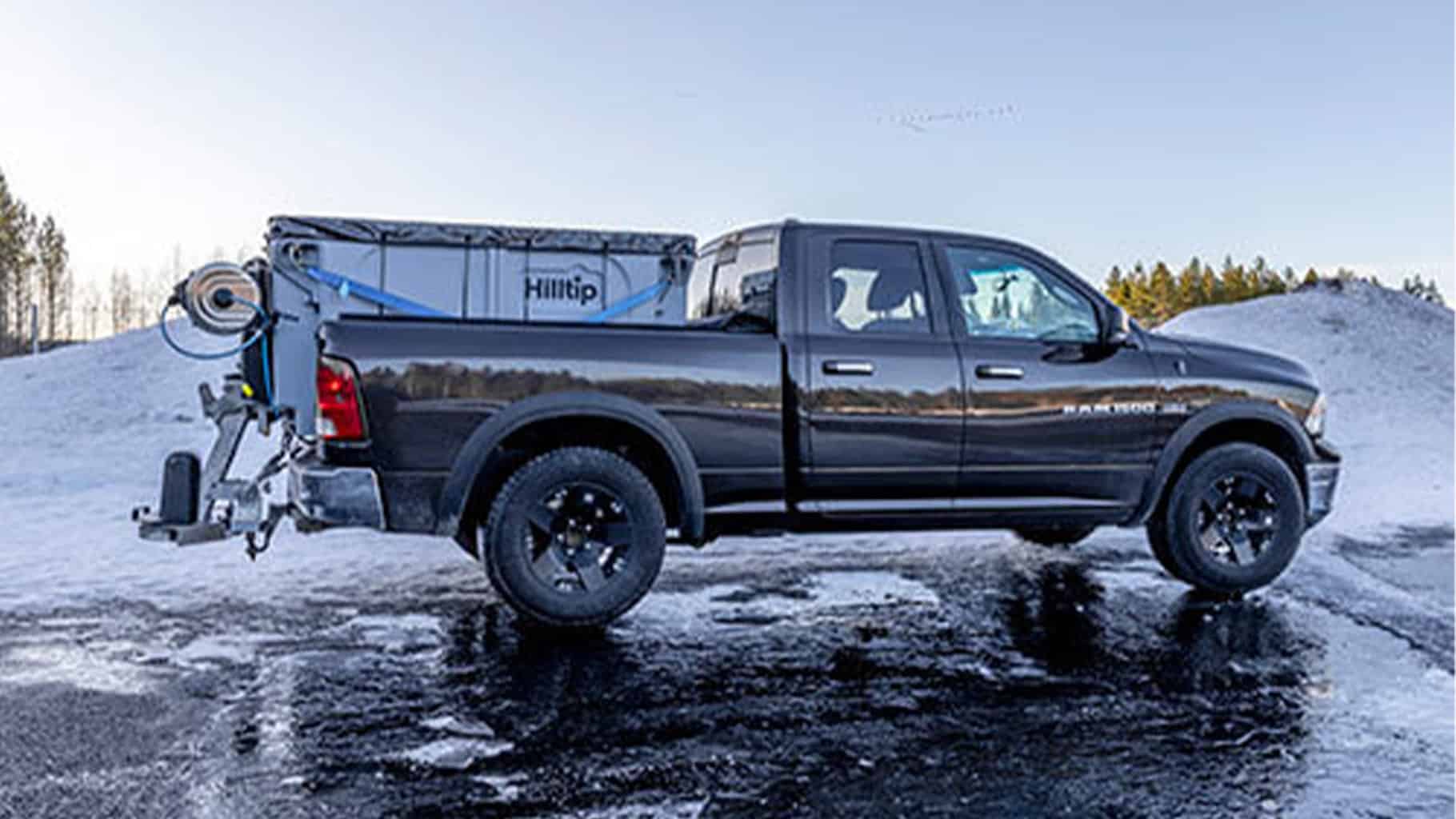
Today, more and more contractors are adding anti-icing to their operations, a process in which brine is sprayed onto the driving surface before a winter event to help prevent ice from forming. Municipalities have anti-iced with liquids for decades. And while deicing by spreading granular materials continues to be the most common approach to removing ice for private contractors, there are five big reasons why they should consider adding anti-icing to their winter maintenance toolbox.
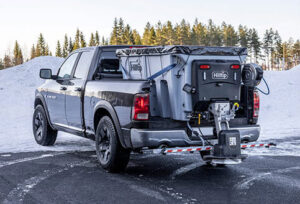
Brine Applies More Evenly and Stays Put
A prominent difference between these two practices is the natural properties of these materials. Anti-icing benefits from the fact that it deals with liquids, meaning the brine sprayed spreads more evenly across surfaces. Brine sprayers are typically built with spray bars that position nozzles to overlap, which helps ensure there are no gaps in the distribution.
On the other hand, when bulk salt is spread, it typically bounces around and doesn’t spread evenly, especially in windy circumstances. Tires and pedestrian traffic can also take salt off the intended surfaces.
Anti-icing brine naturally flows everywhere it’s not, so contractors can count on more efficient use of their materials. The difference is that after the salt brine is applied, the water in the brine evaporates, leaving behind a fine layer of salt that was evenly spread out when it was in liquid form. Provided there is no rain in the forecast, brine also can be applied well ahead of a winter event, which allows for more customers to be addressed in an effective manner.
Brine is Readily Available
One aspect of anti-icing that has seen positive change in recent years is that brine is much more accessible than in the past. A common reservation towards using brine was not being able to get any easily or affordably.
However, this is no longer the case, as a quick search will show it is much easier today to locate good chemical suppliers throughout the country. Not only are chemicals more readily available, but the suppliers are also experts on their materials. Rather than a contractor having to figure out the best brine combinations for certain conditions, they can tap into these chemical providers for best practices.
Contractors could look to save additional money by making their own brine. This will give more cost control and knowledge of supply, but it is more sophisticated than going through a chemical supplier. Many contractors get into anti-icing using an outside supplier. Then, as they get more acclimated with the benefits of using brine and chemical formulations, they sometimes shift into making their own supply. This enhances profit margins as they will no longer have to pay for the chemical supplier’s markups on their products. In fact, some contractors become so familiar with making their own product that they eventually become a supplier themselves, generating another stream of revenue.
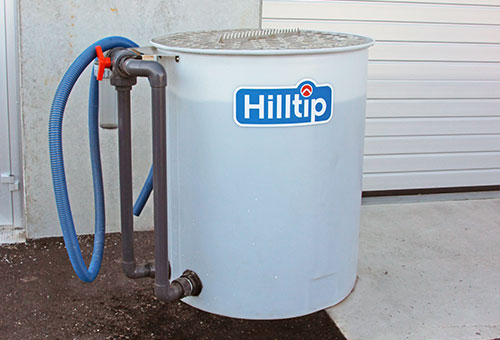
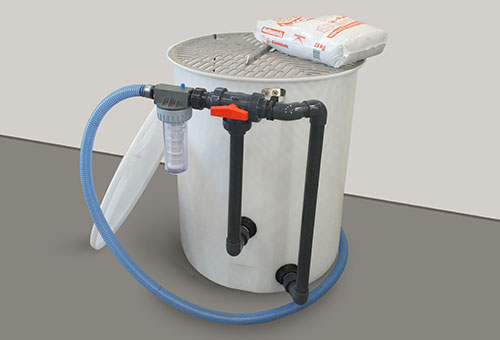
Advancements in Anti-Icing Equipment
Chemical availability is not the only bygone roadblock to anti-icing, as equipment technology has seen many changes of its own. Anti-icing equipment for contractors was more rudimentary in its past and not very easy to use. But this has changed in recent years, largely due to the demand caused by more and more private contractors turning to liquid applications. This incentivized leading equipment manufacturers to innovate.
While contractors can still opt to go with a more basic sprayer, some of the newer technology includes controllers that monitor weather forecasts and sensors that detect temperature and surface conditions. Systems even analyze the combined data to indicate optimal liquid application rates to finish the job as efficiently as possible. Material will often be a contractor’s largest expense, so a system’s ability to automatically adjust application rates to maximize results while conserving chemicals is the ultimate way to improve the bottom line. Furthermore, these systems can even calculate the best routes to take between jobsites to reduce fuel consumption, mileage and time.
Advancements in Anti-Icing Equipment
Chemical availability is not the only bygone roadblock to anti-icing, as equipment technology has seen many changes of its own. Anti-icing equipment for contractors was more rudimentary in its past and not very easy to use. But this has changed in recent years, largely due to the demand caused by more and more private contractors turning to liquid applications. This incentivized leading equipment manufacturers to innovate.
While contractors can still opt to go with a more basic sprayer, some of the newer technology includes controllers that monitor weather forecasts and sensors that detect temperature and surface conditions. Systems even analyze the combined data to indicate optimal liquid application rates to finish the job as efficiently as possible. Material will often be a contractor’s largest expense, so a system’s ability to automatically adjust application rates to maximize results while conserving chemicals is the ultimate way to improve the bottom line. Furthermore, these systems can even calculate the best routes to take between jobsites to reduce fuel consumption, mileage and time.
Data Pays Off
An enormous benefit from new technology is the data it provides, which enables further improvements in efficiency and profitability. The data supplied for the equipment can be used to accurately estimate future work requirements and expenses. There are also impressive GPS capabilities with sprayer systems that allows for service location maps to be entered. This means that whoever is sent to service the client will just need to focus on driving, as the sprayer will turn on and off as they go. This ensures that they’re treating the customer’s property and nothing more. Finding good labor is a challenge in many industries, and this automation enables contractors to rely on inexperienced workers to still complete the job properly and that they cannot accidentally use more material than needed.
Another advantage of the data collection inherent in today’s leading winter maintenance equipment is thorough documentation. Everyone knows the growing litigious nature of this business. One slip-and-fall accident lawsuit that ropes in the snow maintenance contractor is enough to justify the importance of readily available documentation. And having a machine that can log exactly how much material was applied on what day, along with weather conditions during the application, goes a long way in reducing liability.
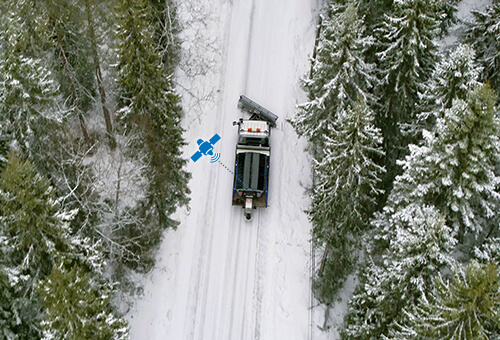

It’s an Inevitability
Business owners must look at what’s working well now as well as in the future. There are unintended secondary effects from spreading salt on roads. Salt can bounce or be blown off course into ditches and lawns when spread on surfaces. This can result in environmental issues, such as salt leaching into groundwater or killing nearby vegetation.
However, the biggest impact from this is seen in government legislation. Anti-icing uses considerably less chlorides than spreading granular salt. And with the amount of legislative energy going into reducing salt damage on the environment, it’s only a matter of time before there will be more pressure to use more liquids and less solids.
Furthermore, some customers seek contractors that treat with liquids to be more environmentally friendly, so adding anti-icing to your operation will also expand potential clientele. If a customer can rest easy knowing that your work will be kinder to their environment, they’re that much more likely to go with you.
With all these benefits to anti-icing by spraying brine, some might think this diminishes the value of traditional spreading of deicers, but that’s not the case. Anti-icing is not there to replace deicing with granular materials. It’s simply another tool contractors can add that will let them do a better job while cutting down on how much they will need to deice after a winter event. This will also add to the number of potential jobs by adding work before and after a storm. It’s not about switching one out for the other. Its benefits lie in being able to offer more services while helping save time, money and effort down the ice-free road.
About the Author

Craig Sandmann is the Managing Director of Hilltip Corp in North America. Based in Fort Wayne, IN Hilltip is a leading manufacturer of snow and ice control equipment that is known in the industry for advanced technologies and extreme durability.

Want more information on this?
